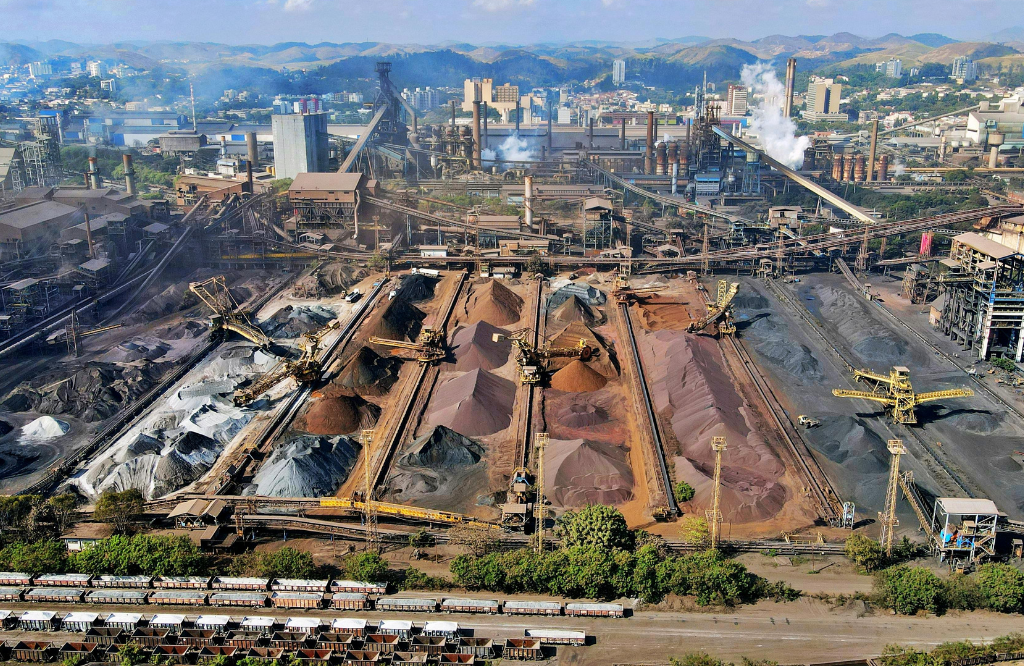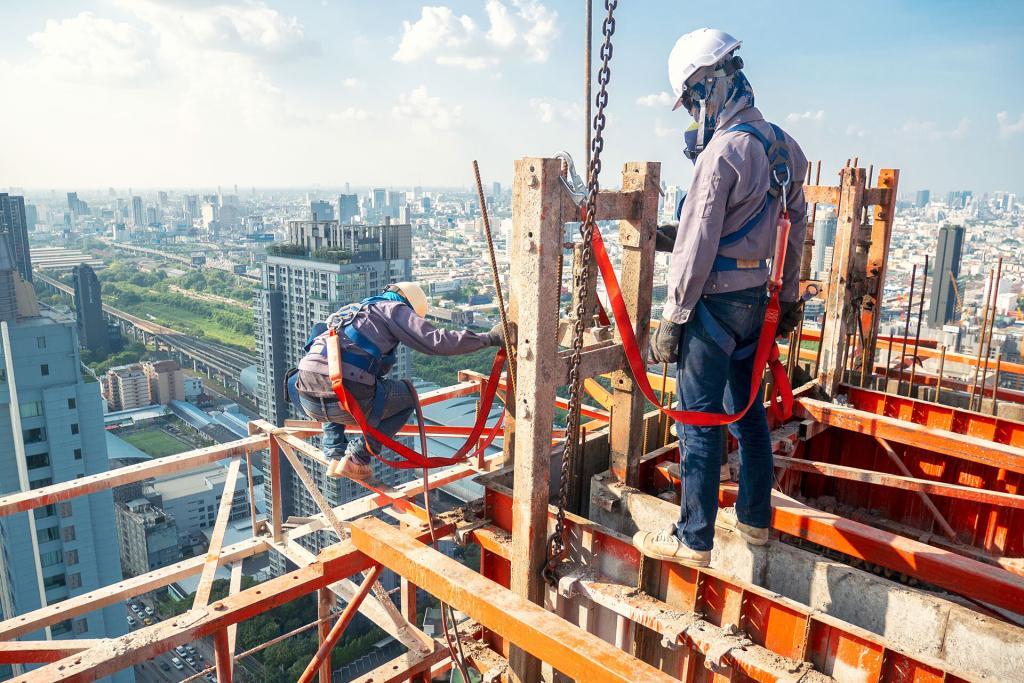Supply Chains
Construction supply chains are essential for businesses to function. This means that companies must be able to navigate all of the supply chain complexities, in addition to any possible issues that may arise. Many of these issues can be seen below:
Demand Forecasting Challenges
Logistical Complexities
Quality Control
Risk Management
Supplier Reliability & Communication
Inventory Management
Regulatory Compliance
Technology Adoption
Demand Forecasting Challenges
Demand forecasting is often a delicate balancing act for construction companies facing construction supply chain issues. To address this challenge:
- Data-Driven Analytics: Utilise historical project data, market trends, and predictive analytics to forecast demand more accurately. Advanced software can help in identifying patterns and predicting fluctuations.
- Collaboration: Foster collaboration between project managers, procurement teams, and designers to anticipate changes in project requirements. Regular communication can help adjust procurement plans in real-time.
Supplier Reliability and Communication
Building strong relationships with suppliers is crucial. Here’s how to enhance supplier reliability:
- Supplier Evaluation: Establish a robust supplier evaluation process that assesses their track record, financial stability, and quality control measures.
- Transparency: Encourage transparent communication with suppliers. Regular updates on project progress and potential changes can help suppliers plan effectively.
- Backup Suppliers: Identify alternative suppliers in case of disruptions, ensuring that there’s a contingency plan in place.
Logistical Complexities
Navigating logistical challenges requires a strategic approach:
- Real-Time Tracking: Invest in GPS tracking and real-time monitoring systems to keep tabs on material shipments and equipment movement. This ensures timely deliveries and reduces the risk of delays.
- Route Optimisation: Implement route optimisation software to identify the most efficient routes, minimising transportation time and costs.
Inventory Management
Efficient inventory management is critical to prevent wastage and shortages:
- Just-in-Time (JIT) Inventory: Implement JIT practices to reduce excess inventory. This approach ensures that materials arrive exactly when they’re needed, minimising storage costs.
- Inventory Management Software: Use specialised software to track inventory levels, monitor consumption rates, and trigger reorder points automatically.
Quality Control
Maintaining consistent quality across materials is essential:
- Supplier Audits: Regularly audit suppliers’ quality control processes to ensure they meet industry standards. This can prevent the use of subpar materials.
- Quality Assurance Testing: Conduct thorough quality assurance testing during different project stages to identify and rectify potential issues early on.
Regulatory Compliance
Staying compliant with regulations requires diligence:
- Regulatory Monitoring: Assign a dedicated team to monitor and interpret evolving regulations at local, regional, and national levels. Implement changes promptly to avoid penalties.
- Incorporate Compliance into Processes: Integrate compliance checks into procurement and project management workflows to ensure that all materials and processes meet required standards.

Risk Management
Mitigating risks involves thorough planning and preparation:
- Risk Assessment: Identify potential risks at the project’s outset. Evaluate their potential impact and likelihood to prioritise mitigation efforts.
- Contingency Plans: Develop contingency plans for different types of disruptions, such as weather events, labour shortages, or material shortages.
Technology Adoption
Leveraging technology can revolutionise the construction supply chain:
- Building Information Modeling (BIM): BIM software creates digital representations of projects, enhancing collaboration and enabling better planning.
- Drones and Site Monitoring: Drones provide real-time insights into project progress and site conditions, improving decision-making and reducing delays.
- Blockchain: Blockchain technology enhances transparency by creating an immutable ledger of transactions, ensuring secure and traceable supply chain operations.
Conclusion
Addressing construction supply chain issues requires a holistic approach that combines strategic planning, technology adoption, collaboration, and continuous improvement. By tackling demand forecasting challenges, building robust supplier relationships, optimising logistics, managing inventory effectively, upholding quality standards, staying compliant with regulations, managing risks, and embracing technology, construction companies can streamline their supply chain operations and set the stage for successful project outcomes. In an industry where adaptability is key, mastering these strategies can help construction businesses thrive despite the complexities of the supply chain landscape.
For more Information on this subject or any other of our blog subjects please contact us either on 01924 261789 or email us at admin@ojsafety.co.uk.











